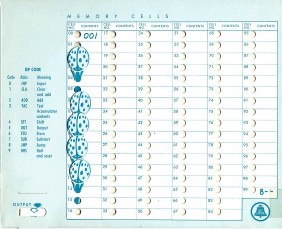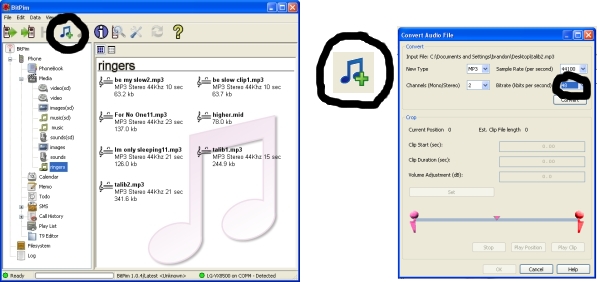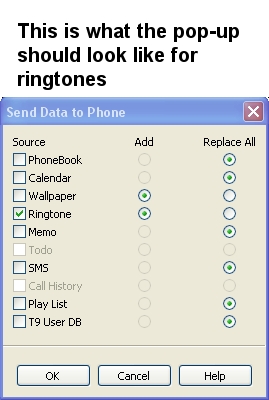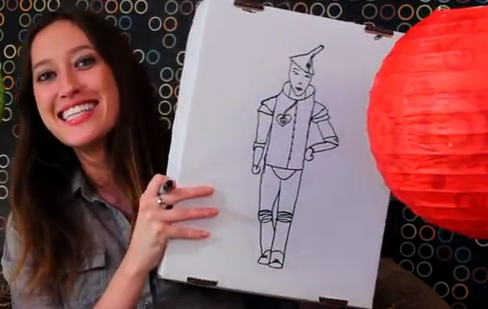 In our new book, we focus on issues you may encounter from the inception of your business to the moment (that hopefully doesn’t happen) you get a nasty lawyer letter for the first time.
In our new book, we focus on issues you may encounter from the inception of your business to the moment (that hopefully doesn’t happen) you get a nasty lawyer letter for the first time.
You’ll learn how to form your business, protect your intellectual property, and avoid problems when launching your project. Taking a few simple steps upfront to protect your business or project can save time and money down the road. Don't Panic has also been used in undergraduate & graduate classes nationwide to teach business and legal concepts to non-lawyers. Professors can request a FREE evaluation copy
CHOOSE YOUR FORMAT
Paperback | Ebook | Audiobook




 Google is offering a new product, Sketchup, which comes in both a free and Pro (pay) versions and provides 3d design. What do you think of it? Check it out and comment below!
Google is offering a new product, Sketchup, which comes in both a free and Pro (pay) versions and provides 3d design. What do you think of it? Check it out and comment below!
 Elizabeth sez, "In the 1960s, my husband's dad taught him to program computers with a Bell Labs Science Kit called the CARDboard Illustrative Aid to Computation (CARDIAC). My husband was so nostalgic for his first 'cardboard computer,' that a couple of years ago I tracked down a guy who still sells the kits - manufactured in the '60s but still brand new and unopened - and bought my husband a new CARDIAC for Christmas. Today, I just found out that the owner of Comspace, the lone remaining dealer of original Bell Labs Science kits (they also have lots of other cool stuff besides the CARDIAC) will be closing his business at the end of this month and is selling off his inventory. You can read more about the Bell Science Labs kits at the URL above. That page also contains a link to the Comspace site, where you can order the kits. (Note, though, that some things listed on the Bell Labs page are no longer available.
Elizabeth sez, "In the 1960s, my husband's dad taught him to program computers with a Bell Labs Science Kit called the CARDboard Illustrative Aid to Computation (CARDIAC). My husband was so nostalgic for his first 'cardboard computer,' that a couple of years ago I tracked down a guy who still sells the kits - manufactured in the '60s but still brand new and unopened - and bought my husband a new CARDIAC for Christmas. Today, I just found out that the owner of Comspace, the lone remaining dealer of original Bell Labs Science kits (they also have lots of other cool stuff besides the CARDIAC) will be closing his business at the end of this month and is selling off his inventory. You can read more about the Bell Science Labs kits at the URL above. That page also contains a link to the Comspace site, where you can order the kits. (Note, though, that some things listed on the Bell Labs page are no longer available.  Lisa sez, "I've been working these past few weeks on this installation with Electric
Sheep artist Spot Draves. He and Second Life 3-D artist Somatika Xiao
(a.k.a. David Stumbaugh) have put together an incredible interactive art
exhibit in Second Life. We're having
Lisa sez, "I've been working these past few weeks on this installation with Electric
Sheep artist Spot Draves. He and Second Life 3-D artist Somatika Xiao
(a.k.a. David Stumbaugh) have put together an incredible interactive art
exhibit in Second Life. We're having 




